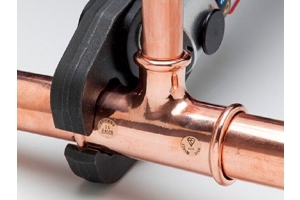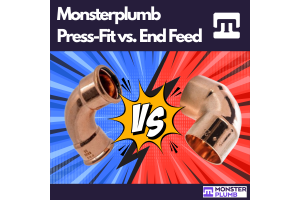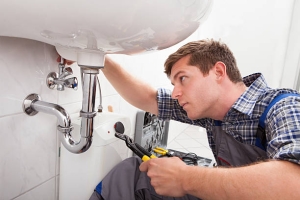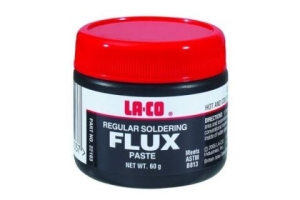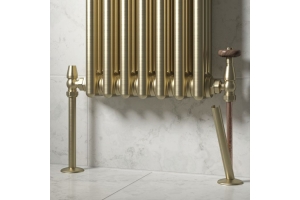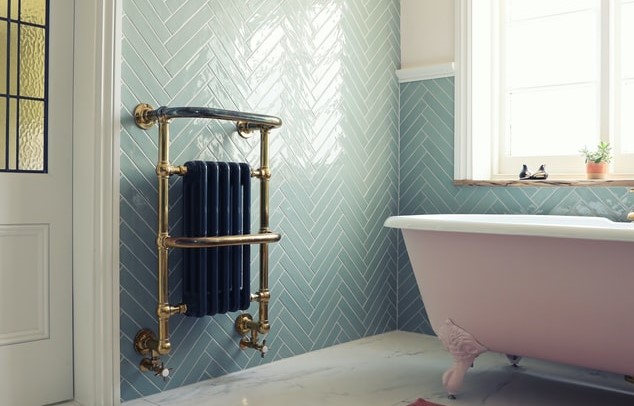
In order to transport water around your interior, there has to be a network of plumbing and pipes installed to make this work.
This pipework has been treated as an eyesore to be ushered away behind walls or tucked into cupboards, yet in recent years, there’s been a sweeping trend that focuses on stripping elements back and exposing them for a more favourable, industrious aesthetic.
So as we’re witnessing the rise of exposed plumbing in bathrooms and kitchens across the nation, Monsterplumb has thrown together a nifty guide for those weighing up whether to hop on board or not.
What are exposed water pipes?
Exposed water pipes aren’t a new plumbing or interior design phenomenon, they are simply regular plumbing pipes that you would find supplying water to your bathroom or kitchen. The only difference is that they’re overtly on display, giving a warehouse feel.
This may include but is not limited to:
PVC pipes
Copper Pipes
Brass Pipes
Chrome Pipes like our Chrome Plated Copper Tube
A Copper pipe appears to be a particularly popular choice as it gives a charming, rustic accent to the interior.
PVC plastic pipes are another popular option and can even be painted to subtly blend in with the wall colour. Alternatively, they can be coated with a contrasting colour to make them a stand out feature of the room.
Are exposed water pipes dangerous?
It’s natural to doubt the safety of something that strays from the norm.
Exposed water pipes can heat up to quite a high temperature, so there is a potential that catching yourself on a pipe could cause you to flinch or perhaps even scold you.
As previously mentioned, painting pipes could be a good way to draw attention to them and make you aware of their location so you’re less likely to catch yourself.
Another concern is the issue of leaks. Since there is no barrier between yourself and the pipework, water may spill out into your interior if any leaks do occur.
If the pipes are fitted and welded efficiently this is less likely to happen, but do take this account especially around areas with live electricity or kitted out with gadgets and appliances.
How To Clean Copper Pipes
One downfall of copper pipes is that they tend to oxidise and tarnish fairly quickly. Although a slight tarnish may complement your decor well, a build-up of residue could be hard to salvage and leave a green tinge that won’t budge.
Unfortunately, even with all the TLC in the world, the pipes will tarnish a little (we’re afraid it’s just science!). However, here is a quick step by step for staying on top of this and keeping the build-up at bay.
Take a bowl of hot soapy water and gently clean away any loose particles of dirt with a soft cloth. Take a separate clean cloth and dry the same surface.
If you have a designated metal cleaning product at your disposal, apply it following the manufacturer’s specific guidelines and feel free to skip ahead to step 4. If you don’t have this product, don’t worry, we’re about to get creative!
Rummage through your kitchen and find some lemon juice and baking soda. Mix the two until they form a consistent paste and apply this to the pipework’s surface. Leave for approximately 10 minutes so that a chemical reaction can take place, breaking down the tarnished coating in minutes.
It’s time to remove the solution. Wipe over the pipework with warm soapy water once again to get rid of any remaining product. Dry with a separate cloth to remove any lingering residue.
For any stubborn tarnish that is still clinging on, take a wire brush and gently rub the surface of the pipework making sure not to be too abrasive and scratch the metal. Perhaps even repeat the solution step once again.
Take a step back and admire your handiwork. It may be useful to incorporate this into your regular cleaning routine.
Do you need a plumbing access panel?
When plumbing is installed, it’s usually tucked behind walls, making it hard to access if maintenance work needs to be carried out.
For this reason, there’s often a need for a handy access point to be created that can be covered over with a panel until a problem occurs in the future.
One of the advantages of having exposed plumbing is that no drilling or knocking down walls needs to happen - no major changes, no access panel, no fuss! Instead, a plumber (or yourself!) can swoop in and tend to any issues as there are no obstacles in the way.
Get Creative!
Stray from the typical, linear pipework look and go for something more artistic.
With a handy bit of welding and soldering, a unique arrangement could be put together to create an original wall display consisting of winding bends and joints.
This may be an idea to discuss with a professional as you install the pipework, if you already have a level of expertise a Lead Free Solder can be used to join copper pipe fittings.
If you feel like this twist on traditional pipework is for you, why not give it a go?
Whilst you’re renovating your space, perhaps take a glance at our bathroom and kitchen features such as our Taps and selection of Radiators.
For more inspiration and information surrounding your plumbing needs, check out more posts on the MonsterPlumb blog!
 4.9+ Rating
4.9+ Rating 



